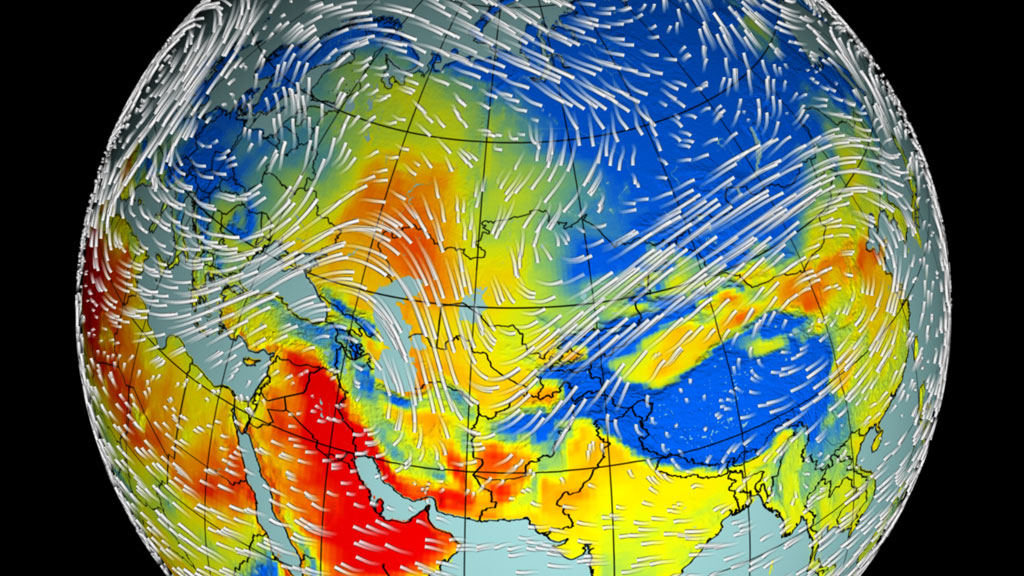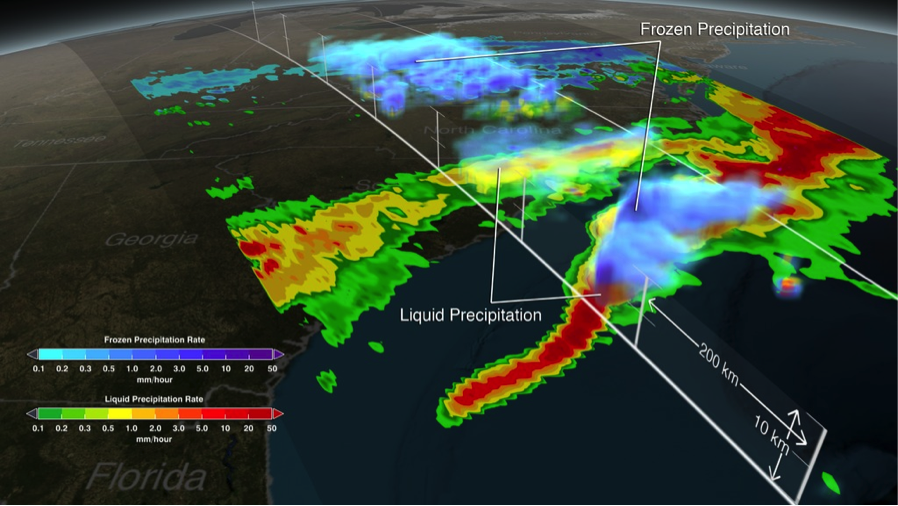Artemis launch contraints
Range contraints
- To launch a rocket or a Space Shuttle from Florida’s Space Coast takes teamwork from two distinct federal agencies — NASA at Kennedy Space Center FL and the U.S. Air Force at Cape Canaveral Air Force Station. A primary example of that teamwork is the development and operation of the Eastern Range.
- A range is an area in and over which rockets are fired for testing and tracking. The Air Force needed a range for over-water flight trajectories, which make long-range missile flights possible over an area relatively free of world shipping lanes and inhabited land masses.
- Cape Canaveral serves as the range’s space processing and launch area, and the Air Force controls the range for all eastern-bound launches.
- The Eastern Range extends more than 10,000 miles from the Florida mainland through the South Atlantic and into the Indian Ocean. It includes the launch head at the Cape and a network of instrumentation stations.
- The tange is responsible for safety.
Procedural contraints
- The range provides a 20-25 day approval to be on the pad.
- NASA needs a waiver from the US Space Force to extend the certification of the rocket’s flight termination system batteries to stay on the pad longer.
Technical contraints
- The performance of the Solid Boosters is different in fall and winter. A lower bulk temperature means a lower performance of the boosters.
- Orion should not exceed greater than 90 minutes of eclipse during any point in the mission for power production and thermal reasons. Occasionally there is this odd seasonal constraint that comes along where the Sun is behind the Earth during the outbound transit to the Moon or during the return transit the eclipse time exceeds 90 minutes. And just the angle of the solar eclipse from the spacecraft’s standpoint causes an odd day to be cut out every now and then from the planning.
- Orion battery power.
- Trajectory.
- Lunar intercept trajectory.
- Artemis I Mission Availability 2022-2023 (EST/DST) (Aug2022.pdf)
- Orion payload.
- Radiation sensors.
- CubeSat battery power.
Weather contraints
Basic weather criteria for rollout
- Do not roll to launch pad if the lightning forecast is greater than 10% within 20 nautical miles of the launch area during rollout.
- Do not roll to launch pad if there is greater than a 5% chance of hail forecast in the launch area during rollout.
- Do not roll to launch pad if the peak winds exceed 40 knots in the launch area during rollout.
- Do not roll to launch pad if temperature is less than 40 degrees Fahrenheit or exceeds 95 degrees Fahrenheit at the launch area during rollout.
Basic weather launch criteria at the pad
Temperature
- Do not initiate tanking if the 24-hour average temperature at both 132.5 feet and 257.5 feet is less than 41.4 degrees Fahrenheit.
- Do not launch if the temperature at both 132.5 feet and 257.5 feet exceeds 94.5 degrees Fahrenheit for 30 consecutive minutes.
- Do not launch if the temperature at both 132.5 feet and 257.5 feet drops below a defined temperature constraint for 30 consecutive minutes. The temperature constraints range from 38 degrees Fahrenheit to 49 degrees Fahrenheit, depending upon the wind and relative humidity. Higher wind and relative humidity result in a colder temperature constraint.
Wind
- Do not launch if the peak liftoff winds exceed a range of 29 knots through 39 knots between 132.5 feet and 457.5 feet, respectively.
- Do not launch through upper-level wind conditions that could lead to control problems for the launch vehicle.
Precipitation
- Do not launch through precipitation (rain).
Lightning
- Do not initiate tanking of the core stage or interim cryogenic propulsion stage (ICPS) if the lightning forecast is greater than 20% within 5 nautical miles of the launch area during tanking.
- Do not launch for 30 minutes after lightning is observed within 10 nautical miles of the flight path, unless specified conditions related to cloud distance and surface electrical fields can be met.
- Do not launch if the flight path is within 10 nautical miles of the edge of a thunderstorm that is producing lightning until 30 minutes after the last lightning discharge is observed.
- Do not launch if the flight path is within 10 nautical miles of an attached thunderstorm anvil cloud unless temperature, time since last lightning, and distance criteria can be met, and if within 3 nautical miles, maximum radar reflectivity criteria also are satisfied.
- Do not launch if the flight path is within 10 nautical miles of a detached thunderstorm anvil cloud unless temperature, time since lightning and/or detachment, and distance criteria can be met, and if within 3 nautical miles, maximum radar reflectivity criteria also are satisfied.
Clouds
- Do not launch if the flight path is within 3 nautical miles of a thunderstorm debris cloud for 3 hours, unless temperature, surface electric field, and radar reflectivity criteria can be met.
- Do not launch if the flight path is within 5 nautical miles of disturbed weather clouds that extend into freezing temperatures and contain moderate or greater precipitation.
- Do not launch through a cloud layer that is within 5 nautical miles, greater than 4,500 feet thick, and extends into freezing temperatures, unless specific criteria related to radar reflectivity and cloud altitude can be met.
- Do not launch if the flight path is within 10 nautical miles of cumulus clouds with certain distance and height criteria. There are additional caveats that could be met for clouds not reaching 23 degrees Fahrenheit.
- Do not launch through cumulus clouds formed as the result of or directly attached to a smoke plume, unless more than 60 minutes passed since detachment from the smoke plume.
- Do not launch for 15 minutes if field mill instrument readings within 5 nautical miles of the launch pad equal or exceed +/- 1,500 volts per meter, or +/- 1,000 volts per meter, unless specific caveats related to clouds within 10 nautical miles of the flight path can be met.
Solar Activity
- Do not launch during severe or extreme solar activity resulting in increased density of solar energetic particles with the potential to damage electronic circuits and make radio communication with the launch vehicle difficult or impossible.
Operational contraints if core stage tanked
- No more than 3 attempts in 7 days.
- Min 48 hrs between attempts 1 and 2.
- Min 72 hrs between attempts 2 and 3.
Footnote
- Sources: Aerospace dashboard, funkystuff.org
- Outgoing: NASA
- Keywords:


